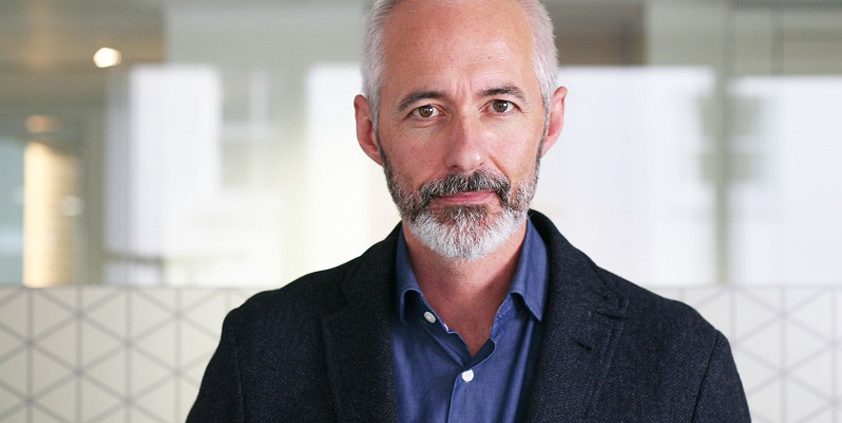Opinion: Multi-market PR – a map for success
Mark Pinsent, managing director, Europe, at The Hoffman Agency, explains some of the common challenges faced by companies executing multi-market PR campaigns, and how to overcome them.
Invest in the future, not in the now
The budgets for overseas campaigns are too often defined by where business is today rather than tomorrow. A smarter way to allocate available resource is to align it to where growth is likely to come from.
This can have a significant impact, increasing impact in emerging and fast-growth markets, while maintaining visibility in the more mature. And where budgets are tight, it’s almost certainly going to be more beneficial to focus on a smaller number of markets than spread resources too thinly.
Sanitisation from HQ
The budget for international PR programmes usually comes from HQ, and the budget owner will naturally want to understand how that money is being spent. Problems arise, however, when HQ oversight becomes a desire for approval: different time zones, local nuances, and simply the bandwidth of the person responsible can handicap the international PR efforts.
In addition, once the content comes back to the regional team, it may have been standardised – and in some cases sanitised – so that it becomes almost unusable with local market media. Companies need to trust the expertise of local teams to properly localise content to suit their audience so it lands correctly, and in a timely fashion.
Parlez-vous PR?
Very often, and understandably, the local representatives of international organisations are sales-oriented and driven by that quarter’s revenue more than investing time in developing the business’s image through PR and communications: meeting a prospect will usually trump meeting a journalist.
But again, when the available spokespeople are based at HQ, a lack of understanding of the local market, language barriers, and time differences that mean they can’t provide rapid comments, all impact effectiveness. Getting buy-in from the sales team by demonstrating how reputation development can deliver ROI, and finding a local PR superstar will reap rewards.
The problem with long-distance relationships
Whether it’s using wires for press release distribution or buying (and spamming) media lists to set up journalist briefings, trying to conduct PR outreach remotely is always substandard. Successful PR comes from strong local relationships with native influencers, government officials and media, as well as understanding how a story will be received locally.
Far better to focus on the markets where there is a demonstrable commitment. A company venturing into overseas PR may enjoy a high profile and good reputation in its home market, but needs to understand it’s the new boy in school when entering a new territory. There needs to be a commitment to building its reputation from the ground up, and a demonstration of how it adds value to the local economy and/or community.







